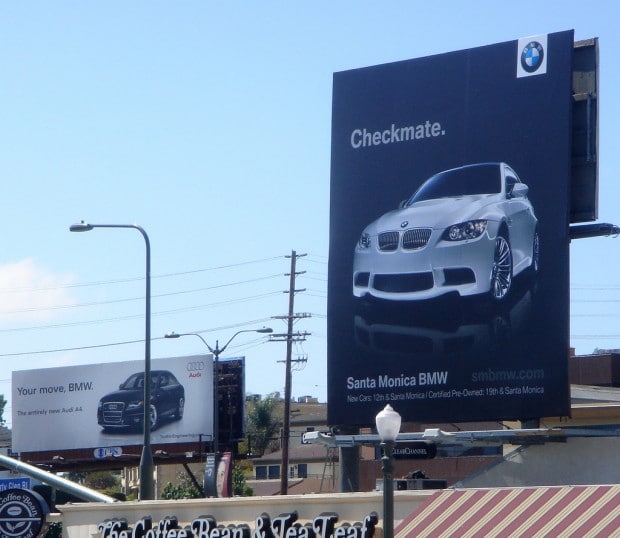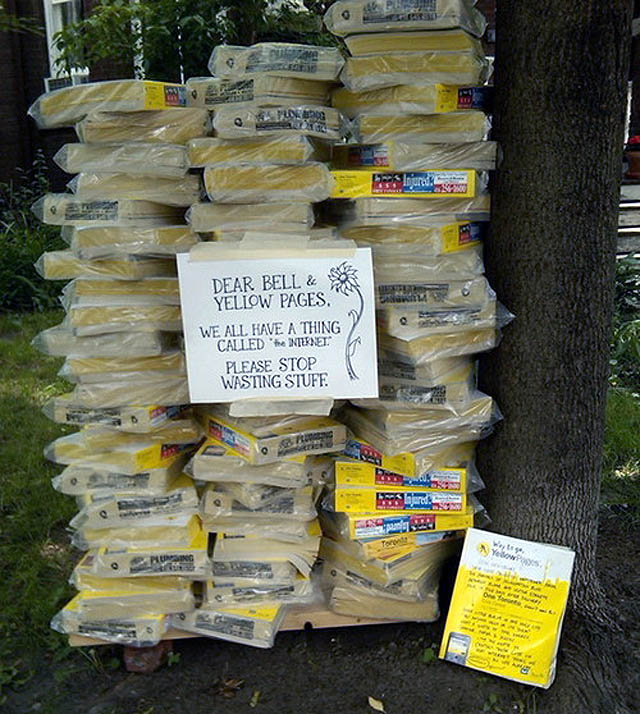The Alamo Drafthouse is an independent cinema chain in Texas that has a strict “no talking, no texting” policy. Recently a customer was ejected from the theatre (no refund was given) for repeatedly texting during the movie despite warnings. She called and left a long, rambling NSFW message detailing her experience. And then things took an awesome turn:
The theatre has turned it into a commercial!
It helps that the patron doesn’t come across very well, so she’s easy to dislike. The theatre pulls off this execution brilliantly.
You can’t watch it and not love the vibe you get from the theatre. A quick perusal of its Wikipedia page suggests that the cinema does a lot of other really interesting things to build the culture around its brand, and to separate itself from the competition. I would love to visit these guys—they seem to really have things figured out.
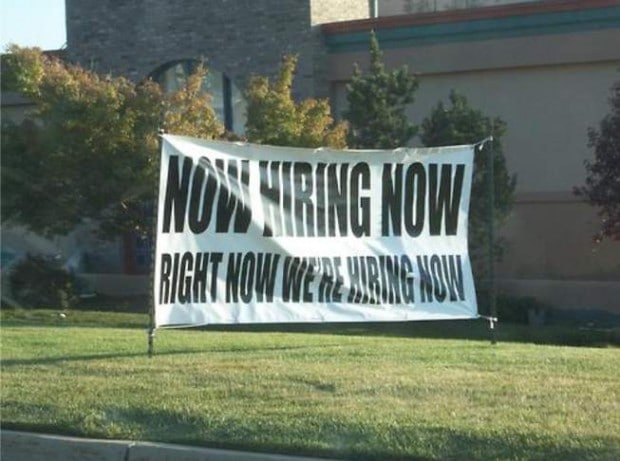
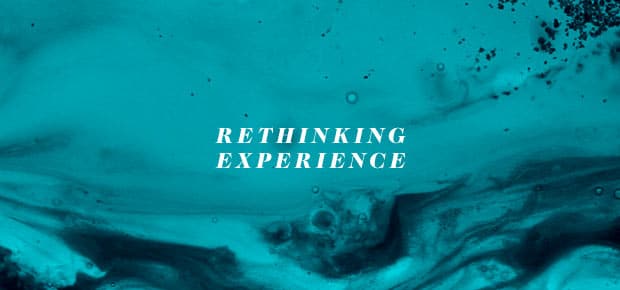

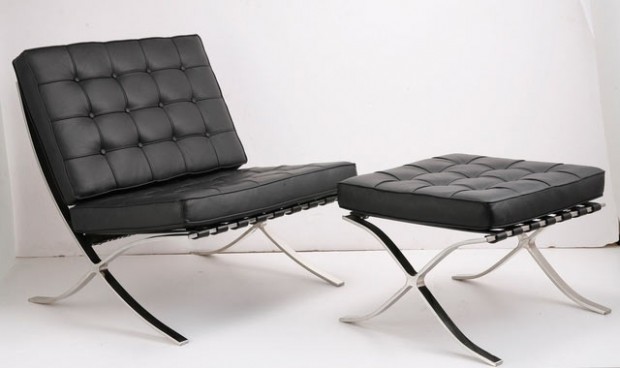
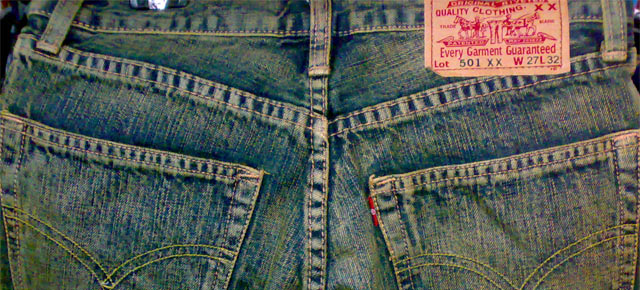
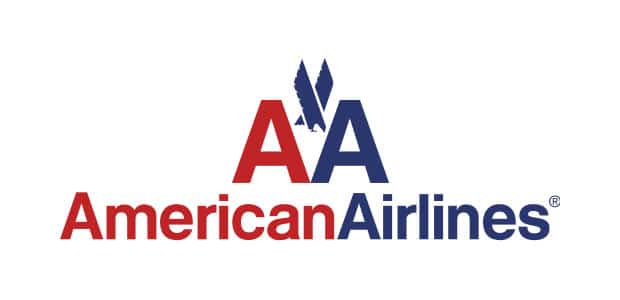
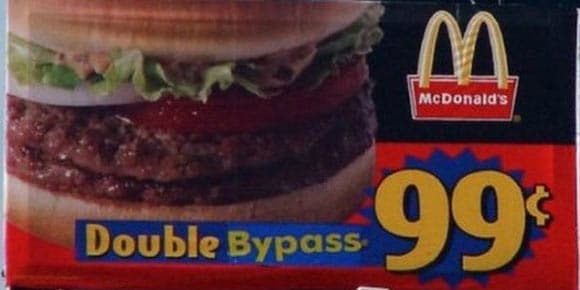 Click to see it in all its glory.
Click to see it in all its glory.